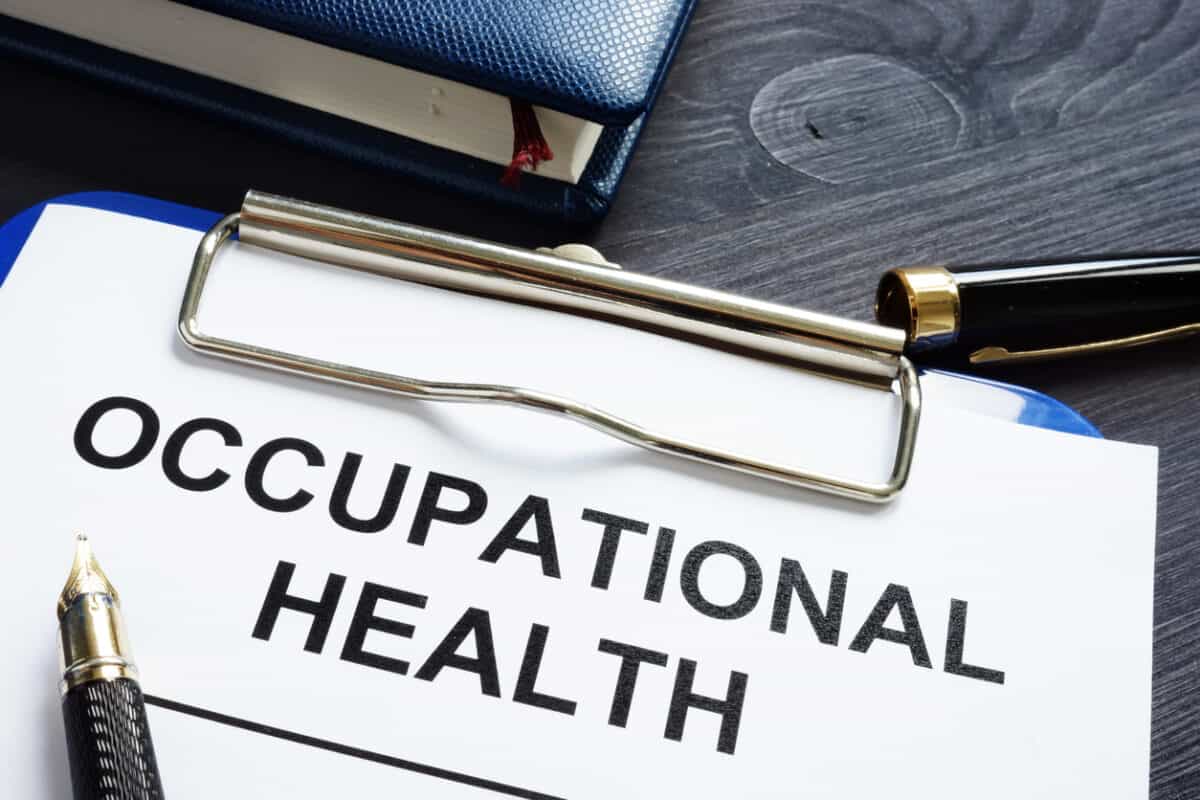Gabrielle Carlton, Director & Principal Consultant at Resylience, recently published an interesting article about her experience with a former Australian soldier who was struggling with work-related mental ill-health. The mental health of defence personnel is a hugely important and complex situation that questions the core function of defence and our expectations of defence personnel. However, some of her comments on psychosocial health in the article’s conclusion caught most of my attention.
Category: wellness
Business Leaders Breakfast seminar
The WorkSafe Victoria Business Leaders Breakfast earlier this week offered a chance for interested parties to hear from WorkSafe and its guest Rod Maule, the General Manager of Safety and Wellbeing at Australia Post. WorkSafe’s Colin Radford offered a “stump speech” that, although familiar, was important. Maule was a colourful speaker who, on reflection, wasn’t as informative as he seemed at the time.
“occupational health is distinct from safety”
Professors Helen Lingard and Michelle Turner have just published a book that was long in development called “Work, Health and Wellbeing in the Construction Industry“. The best advice for reading this book is, for most readers, to ignore the construction context. This book is extremely topical for all industries in Australia as it considers gender, well-being, psychosocial hazards, working hours, resilience and more, but most importantly health.
From mindful back to careful
It seems that being “mindful” is now more commonly advocated than being careful. “Mindful” has become the equivalent of “careful”, but these words have different meanings and are not interchangeable. Occupational health and safety (OHS) laws impose a Duty of Care, not a Duty of Mind.
Much of the social media discussion on Mindful vs Careful seems to originate from parental sites or well-being advocates. One example can be found here in a discussion of a child’s reaction to each of these words.
Continue reading “From mindful back to careful”What to do about workplace mental health? Talk, Listen, Examine
Seminars on workplace mental health must always offer solutions and not only (always) the solution that the host wants to promote. Occupational health and safety (OHS) needs to be more altruistic (Yes, it may be hypocrisy from a subscription blog). Recently I spoke on the issue of psychosocial hazards at work and offered this slide on “What can be done?” [Note: This article discusses suicide]
Continue reading “What to do about workplace mental health? Talk, Listen, Examine”Progressive mental health perspectives continue to emphasise workers’ need to change
This blog has been critical of many current strategies to reduce workplace mental health risks. Many strategies continue to be based on changing the worker rather than changing the system of work. The well-being advocates who have almost entirely focussed on individual-level interventions are broadening their scope to organisational or systemic resilience, but they still fail to meet the harm prevention aim of amendments to the occupational health and safety (OHS) legislation in Australia.
Dr Lucy Ryan of the University of East London recently wrote about burnout and systemic resilience.
In OHS, there may be no answers, but that’s okay
Subscribers will know that I often make connections with ideas from beyond the traditional occupational health and safety (OHS) areas. The other day I was travelling back from a regional part of Victoria, listening to All Things Considered. There was an article about regaining and maintaining a sense of wonder. I found some wonderful OHS stuff.







